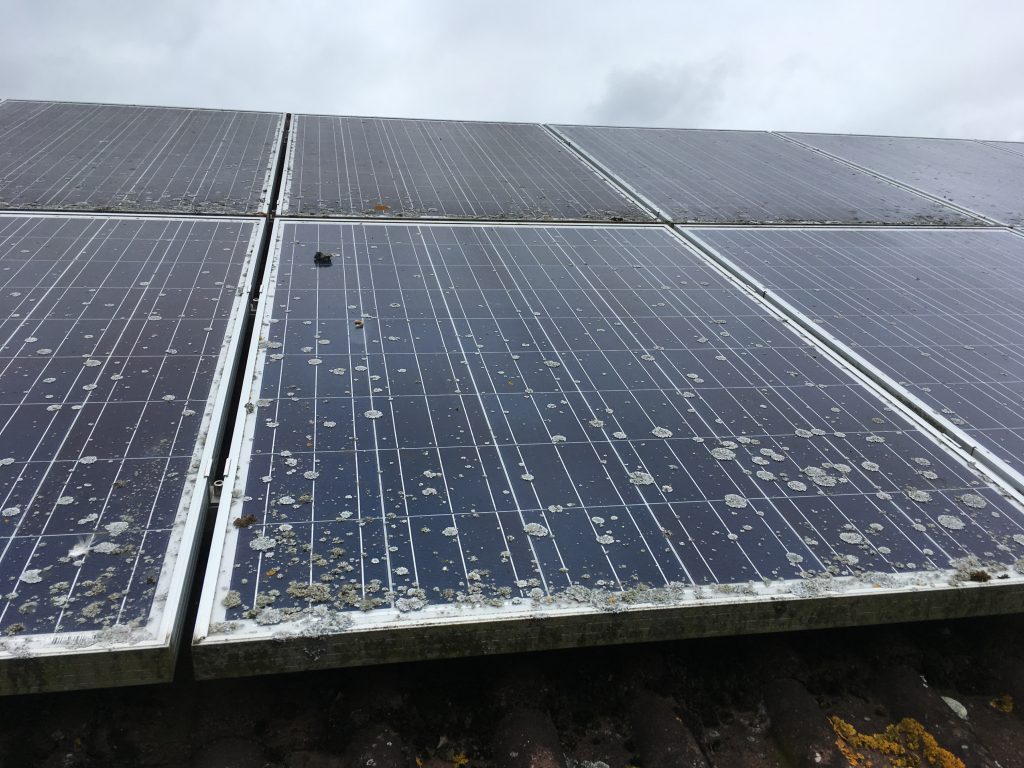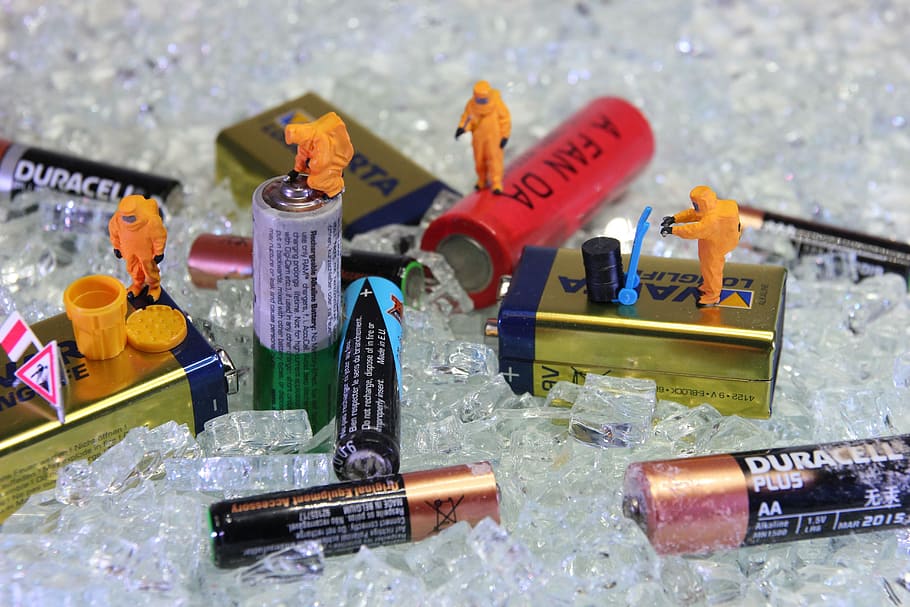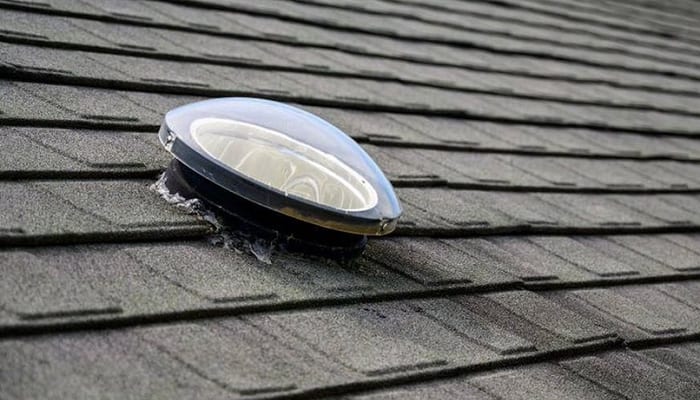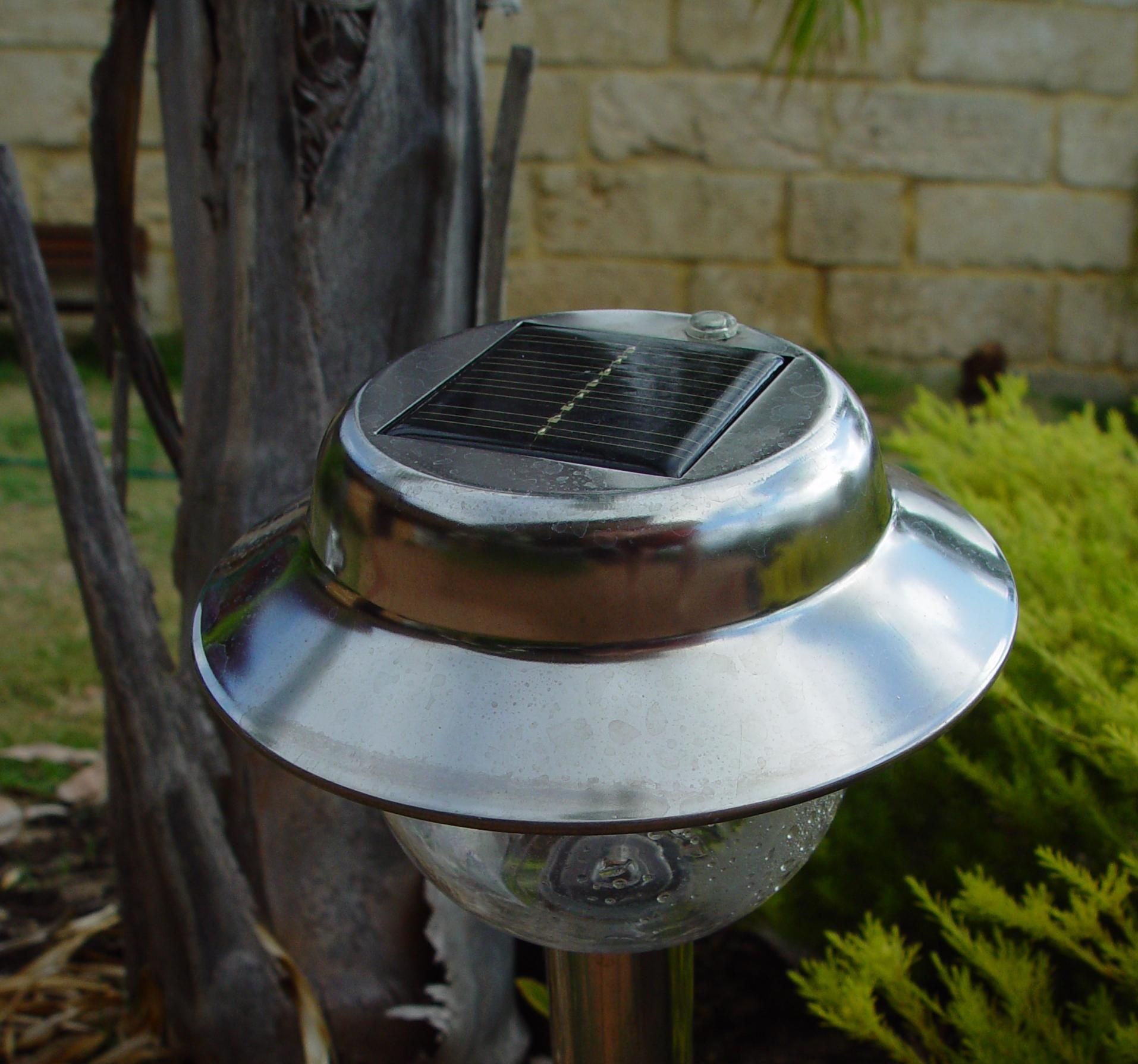Any signs of green on your solar panels should spark a sign of concern. Algae and lichen infiltrations can reduce the efficiency of your solar system and permanently damage the panels if left untreated. We will show you how to remove algae and lichen from solar panels to ensure you maintain optimal energy production.
Practically no area is immune to algae growth, but you should be particularly vigilant if you live in a humid environment. Luckily, there are ways to combat and fight spores or fully grown organisms.
With the knowledge shared in this article, your solar panels will be free from algae and lichen before it causes havoc!
What are Algae and Lichen?
Algae are aquatic organisms that produce their own oxygen through photosynthesis. They mostly grow in ponds or lakes but can develop on solar panels with moisture buildup.
Lichen is a complex life form that develops from algae and fungi. When fungus encircles a colony of algae, they partner up and create lichens.
Why Do Algae and Lichen Grow on Solar Panels?
If your panels are installed near shading, your area experiences a sudden increase in rainfall, or you have many birds sitting on or flying over your roof, there’s a chance that algae and fungi can grow on your solar panels. When this is left untreated, lichens will form.
Algae and fungi thrive in moist conditions. Solar panels with traces of dust, debris, or bird poop offer the perfect growing environment after some rain.
Bird poop, in particular, is rich in nitrogen and phosphorus. These provide algae with the exact nutrients it needs to bloom and thrive. This is why bird proofing your solar panels is so important.

Preventing Algae and Lichen Growth
Algae and lichen go hand in hand – eliminating the first will mean the end of the other.
If you see greenish stuff on your solar panels, it’s probably algae. You’ll need to get rid of it immediately to prevent lichen growth. Algae feeds lichen, so you won’t have lichen problems if you keep your panels free of it.
Lichen infiltrates the microscopic rough spots in glass and attaches itself to it. This makes it hard to remove Lichen using traditional solar panel cleaning methods.
The key is preventing both. Keeping your solar panels clean by using the right chemicals can help eliminate algae and lichen spores and prevent them from developing. Vinegar and isopropyl alcohol are both effective in killing algae spores, and you don’t have to use them every time you clean your panels.
If you regularly clean your solar panels with deionized water, they will be free of minerals that could potentially offer a growing environment for algae. You can also make a mixture of rubbing alcohol and water for frequent cleaning if you prefer to play on the safe side and keep your solar panels sanitized.
The Best Way to Clean Solar Panels with Algae and Lichen
If you do end up with algae and lichen growth, the best way to remove it from your solar panels is by complete destruction. You can’t just use something like Windex for algae or lichen on your solar panels. This will prevent any spores from remaining and developing again.
Note: Remove algae and lichen from your panels on a cloudy day. It’s not only dangerous to work on your solar panels when the sun, but ineffective too.
Removing Algae and Lichen from Plastic Solar Panels
If you have algae growth on plastic solar panels, you can use baking soda to remove it.
Mix 2 tablespoons of baking soda with ⅓ water to make an effective spray. If you have any, you can also add insecticidal soap, but the mixture will still be effective without it.
Cleaning Instruction
- Spray the mixture onto the affected areas of your solar panels and let it sit for a few minutes.
- Take a plastic or silicone scraper and gently remove the algae and lichen.
- Spray another layer of the baking soda mixture on your panels and wipe them.
- Use a clean, damp cloth to remove any residue and wipe your plastic solar panels clean.
Removing Algae and Lichen from Glass Solar Panels
You can remove algae and lichen from glass panels using vinegar or isopropyl alcohol. Both solutions are effective in killing spores and preventing regrowth.
Vinegar Solution
Vinegar is a natural, non-toxic solution that kills algae and lichen without negatively impacting your panels or the environment. Look for vinegar with at least 5% acetic acid strength for the best results.
You can make a disinfecting solution by mixing 2 cups of vinegar with a gallon of lukewarm deionized water.
Cleaning Instruction
- Dip a soft bristle broom or squeegee in the diluted vinegar mixture.
- Gently scrub the algae and lichen on your solar panels with it.
- Let the mixture sit on the algae and lichen for a few hours.
- Take the same scrubber, and work over the algae and lichen again.
- Once both organisms seem to be loose, hose your solar panels off with clean water.
Isopropyl Alcohol Solution
Rubbing alcohol is excellent at removing algae and lichen from solar panels and disinfecting them. You can buy rubbing alcohol from many online trade sites, pharmacies, and hardware stores, but I recommend only purchasing pharmacy-grade alcohol.
The solution can be used as-is on your solar panels, so there’s no need to mix and dilute it beforehand.
Cleaning Instruction
- Pour isopropyl alcohol in a spray bottle and spray it over any algae and lichen traces you see.
- Take a squeegee and gently rub over the affected panels.
- Wet a cloth with more alcohol and scrub over the remaining algae and lichen.
- Once all is removed, spray your solar panels off with clean water.
In Conclusion
Removing algae from solar panels is easier than cleaning lichen. While the alga spores are still tiny, you can gently rub them off with a cloth dipped in vinegar. This will prevent any lichen from growing. Once they form, cleaning lichen from solar panels requires more work. The only way to prevent regrowth is to completely destroy the lichen and its spores.
I hope you found this article helpful and that you’ll be able to remove the algae or lichen growth you’re battling with and prevent them from returning! Keep those solar panels clean!



